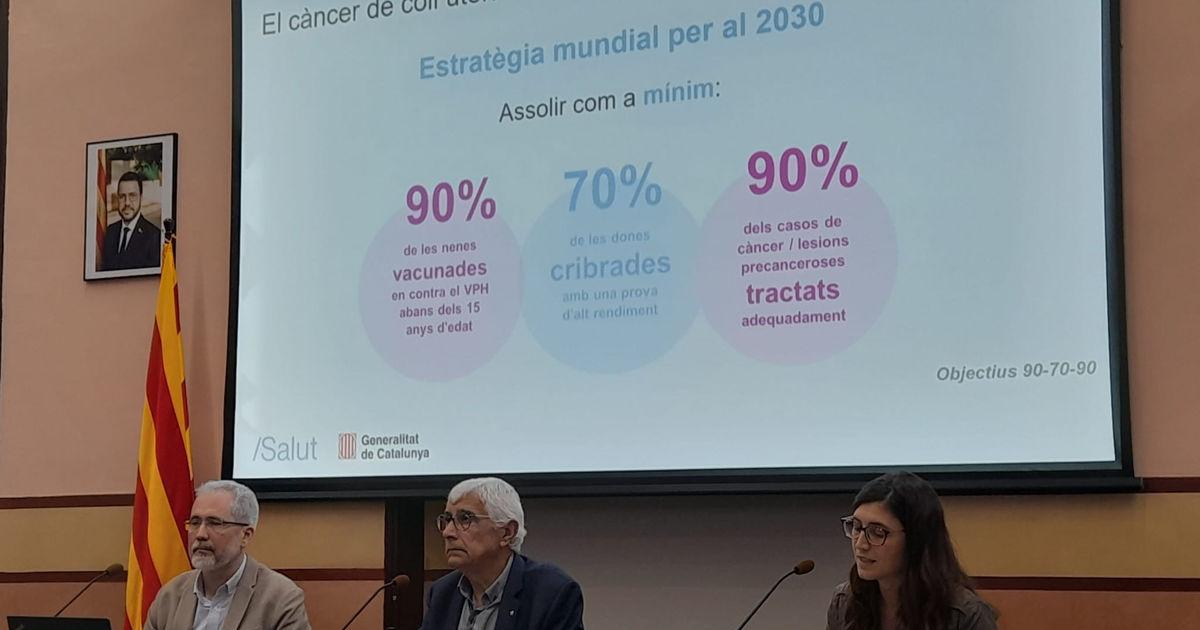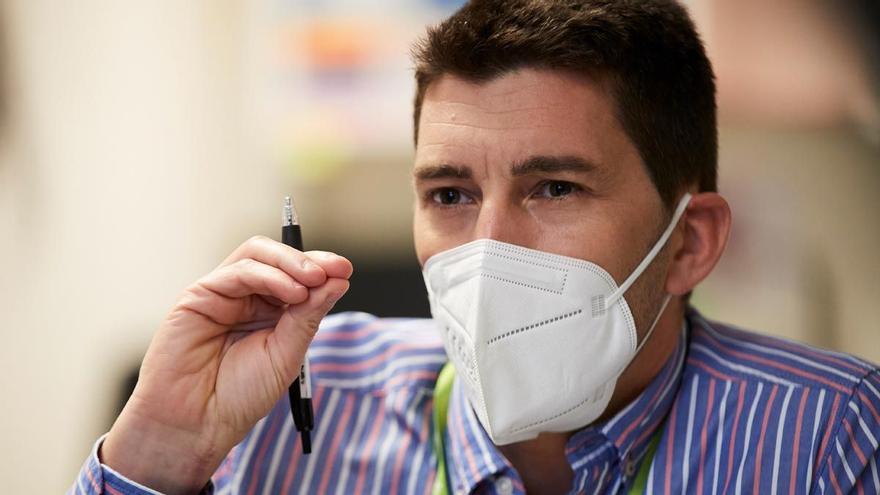Yesterday, the Ministry of Health announced the inclusion of a test to detect human papillomavirus (HPV) in the examination of women and people with cervicitis between the ages of 30 and 65 years, with the aim of improving the detection of this infection before it develops into cervical cancer. . In this way, for this age group, the primary test to detect this virus will not be cytology as before, but a specific detection test. This can be done this year at the Reference Medical Center, and from 2025, it can be done through a self-test using a kit that can be collected at the pharmacy. In addition, starting next year, women will be invited to take the test to improve participation and make it a mass screening.
According to Health Minister Manel Balcells, the deployment process is taking place in two stages. The first consists of an opportunistic examination to benefit from medical consultation at the Center for Sexual and Reproductive Healthcare (ASSIR). The implementation of this phase began last February in the Lleida health region, and screening will be gradually expanded throughout Catalonia this year. The second phase of the program will be implemented from 2025, during which women will be invited, via SMS, to pick up a self-test device from the pharmacy, where they will have to deposit it. This test will also continue to be performed at ASSIR by specialists. Therefore, population screening will be expanded throughout Catalonia with the aim of implementing it before 2029. Balcells noted that it is a “fundamental” change in the cervical cancer screening strategy, because he said that the difference between classical cytology and HPV screening is This represents a 60 to 70 percent reduction in the incidence of cervical cancer. For her part, Laia Bruni, head of the cervical cancer early detection program at the Catalan Institute of Oncology (ICO), confirmed that HPV tests allow for “better, higher quality and more effective” screening. He pointed out that they are “very reliable tests, and one of their advantages is that they do not need to be repeated often.” According to the Health website, cytology tests are done every three years, and this test makes it possible to extend the intervals and should only be done every five years, as 80% of sexually active people will be infected with HPV at some point in their lives. In between 5 and 10% of cases there is a risk of developing precancerous lesions on the cervix that can develop into cancer. According to Sloat, between 70 and 80 percent of cancer diagnoses are in women who are under-screened or under-screened.

“Infuriatingly humble social media buff. Twitter advocate. Writer. Internet nerd.”



